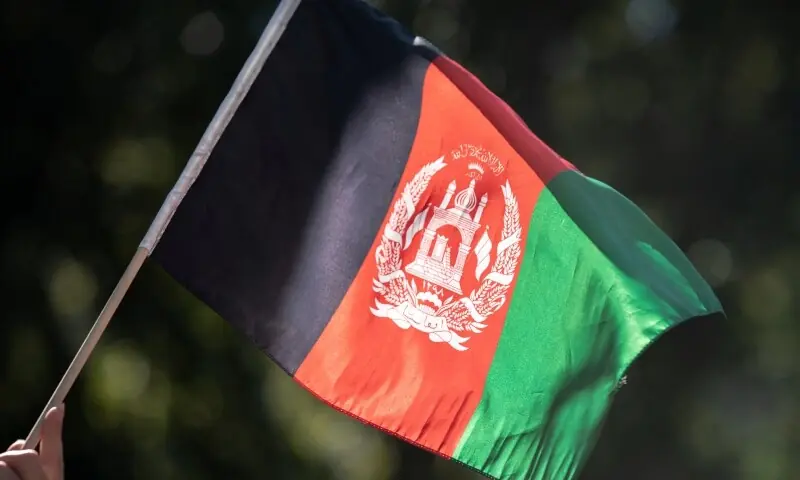• Sindh member asks the Government to take urgent corrective measures
• Neelum-Jelum rehabilitation, guddu plants that move too slowly
• Thermal energy plants operated only 24 percent in February
Islamabad: In the midst of the recent movements of rates reduction by the Government, the National Regulatory Authority of Electric Power (Nepra) has expressed concern for more than RS1.5 per unit of additional load for electricity consumers due to bad operations of only a couple of generation and transmission projects in the first eight months (July to February) of the current fiscal year.
In a special note for the Government, the technical member of the Nephra of Sindh, Rafique A. Shaikh, has asked the government and its electrical companies that take rapid corrective actions, particularly in relation to the 4,000MW lahore-Matiari transmission line, 969MW Neelum-Jhelum Hydropower Plant Hydropower Plant.
Mr. Shaikh recorded that “the use of thermal energy plants was about 24 percent in February 2025, while the HVDC system (direct high voltage current) worked only 23 PC during the same period. This underutilization is negatively affecting consumers.”
At the beginning of November, Mr. Shaikh had caught the government’s attention to the use of low capacity of said system. “The HVDC average use factor during September 2024 was only 46pc, while consumers are still paying for a 100 percent capacity factor,” he said on November 6. The use of capacity decreased by half in February.
Despite the least use, consumers are forced to pay the full transmission capacity. Not only this, but the cheapest coal plants in the southern part of the country remain not used or operated at low capacity despite the accumulation of their maximum factor in the power rate. In addition to that, expensive energy plants are operated in the northern region to guarantee the stability of the network, again at a significant cost for consumers.
The Nepra member also pointed out that due to the GUDDU plant that operates in an open cycle mode, the financial loss for February amounted to RS600 million, with the accumulated loss for fiscal year 2015 reaching RS5.7 billion.
“Due to the reduced generation of the 747MW GUDDU plant that operates in an open cycle mode, the system had to depend on the most expensive fuel plants, which resulted in a financial loss of RS22B for February 2025. The cumulative loss since the interruption has reached RS107BN,” he said.
In addition, he highlighted the continuous closure of the Neelum-Jhelum Power project for months, which had an additional financial impact on the national average rate.
“Due to the interruption of the 969MW Neelum-Jelum hydroelectric plant, the dependence on the most expensive fuel plants led to a financial loss of RS0.8bn in February 2025. The cumulative loss for fiscal year 200 has reached RS23.7bn,” he said.
Mr. Shaikh pointed out that the limitations of the system and the contractual obligations only in February resulted in losses of RS1.98bn, which contributed to a total impact of RS11.69bn during the first eight months of the 2015 fiscal year.
“These inefficiencies demand immediate corrective actions to optimize the use of assets, reduce costs, improve reliability and minimize financial losses,” he emphasized.
He pointed out that the rehabilitation of Guddu and Neelum-Jhelum plants was progressing too slowly, and urgent repairs and restorations were needed for these facilities.
“In addition, the South-North transmission restriction must be approached urgently, since it is limiting the effective use of the cheapest generation in the south and contributing to the underutilization of the HVDC line,” he said, looking for a rapid action of all relevant interested parties.
KE sales drop
In a separate note, Mr. Shaikh said that K-Electric experienced an 8PC decrease in January in general electricity sales compared to the same month last year. The most significant fall occurred in industrial sales, which saw a remarkable reduction of 8.3pc.
“This strong decline guarantees immediate investigation and attention of all relevant interested parties to understand the underlying causes and take corrective measures,” he said.
In addition, the continuous delay in the execution of the Interconnection Agreement between the National Transmission and Exhibition Company (NTDC) and K-Electric is negatively affecting the fuel costs associated with the K-Electric generation combination.
“In January 2025, KE’s own power plants contributed to 4pc to the combination of energy, while the 7PC of electricity came from IPP purchases (independent energy producers), with the NTDC supplying the remaining 89pc,” he said.
He pointed out that the cost of generation of the NTDC system was significantly lower, at RS11.15 per unit, compared to the cost of generation of RS23.83 per unit.
“Since NTDC has a surplus generation capacity and its facilities are very close to K-Electric, it is essential that both parties prioritize the completion of interconnection work and associated studies,” Shaikh said.
This would not only improve the efficiency of profitability, but also improve the general performance of the energy system, he added.
He advised that accelerating the interconnection process and addressing liquefied natural gas and RLNG obligations contractual was essential to optimize operating costs and guarantee long-term sustainability for K-Electric and NTDC.
Posted in Dawn, April 7, 2025








